
![]()
Every Sunday, we bring together a collection of easy reading articles from analytical to how-to to photo-features in no particular order that did not make our regular daily coverage. Enjoy!
The Very 1st (and 2nd Inauguration) Photograph of a US Presidential Swearing-In – Hyperallergic
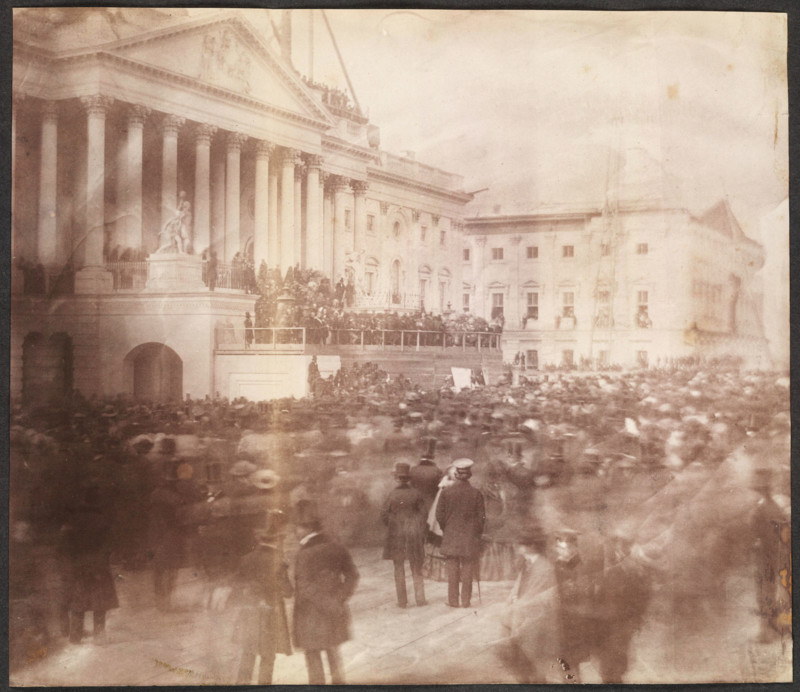


John Wood was the U.S. government’s first official photographer. He photographed the above wet plate collodion of 15th president James Buchanan’s inauguration in 1857. The exposure was four seconds* (NO, I do not have the metadata to prove it!!) and therefore the blurring of the people who were not standing still. He also photographed Lincoln’s First Inauguration.
Wood was the photographer for the Architect of the Capitol from 1856 to 1861. The capitol building was under construction at the time. Wooden boards cover the stone yard in the foreground to create a standing platform for the attending people.
![]()
![]()
![]()
The next president was Abraham Lincoln in 1861, and the inauguration photo above is technically better in quality. “A small camera was directly in front of Mr. Lincoln,” reported a newspaper, “another at a distance of a hundred yards (this seems to be the one that took the above photo), and a third of huge dimensions on the right … The three photographers present had plenty of time to take pictures, yet only the distant views have survived.” (Source: Ostendorf, p. 86-87) Some sources credit this photo to Scottish photographer Alexander Gardner (if you know the correct photographer or images from the other two angles, let us know in the comments below).
Remember that the entire process, from coating to developing, had to be done before the plate dried in wet collodion. The photographer had to use a portable darkroom and had to finish everything in 10-15 minutes.
Photographer Wood went on to photograph in the Civil War, where he photographed maps for Gen. George McClellan.
And if you wish to check out other photos of early presidential inaugurations, the Library of Congress has created a special page.
* The exposure time of 4 seconds is mentioned in the journal of Architect of the Capitol, Montgomery C. Meigs, who hired Wood as a “photographic draftsman.”
Quiz:
What was the main advantage of the collodion wet plate process over the daguerreotype?
The daguerreotype produced a one-of-a-kind positive image and could not be replicated. The collodion process (invented 1851) produced a glass negative so that multiple albumen prints could be made. In the collodion process, the photos were also not laterally inverted and correct left to right.
Which is the world’s largest collodion photo ever produced?
It is 5.5 × 7.5ft with more details here.
If we have whetted your appetite for collodion wet plate, click here for a few dozen articles.
Photos of Wild Animals Interacting with the Camera/Photographer – ThreadReaderApp
13.
📸 Jim Lawrence pic.twitter.com/L0poVRcuo5— Joaquim Campa (@JoaquimCampa) January 17, 2021
We have often covered photos of animals taking a curious interest in cameras and photographers. Sometimes they are looking through the viewfinder, or they are climbing on top of the tripod or even the photographer.
Joaquim Campa has compiled a hilarious Twitter thread of animals interacting and interrupting photographers as they go about shooting wildlife. Foxes, deer, meerkats, leopard cubs, seals, eagles, bears, wolves, squirrels, penguins, monkeys, beavers, kangaroos, lions, and owls all come close enough to take a second look at what the photographer is doing on their territory.
Enjoy 40 photos showing animals going crazy at the sight of a camera.
Surf Photographer Injured in a Giant Wave Accident in Hawaii – Hawaii News Now
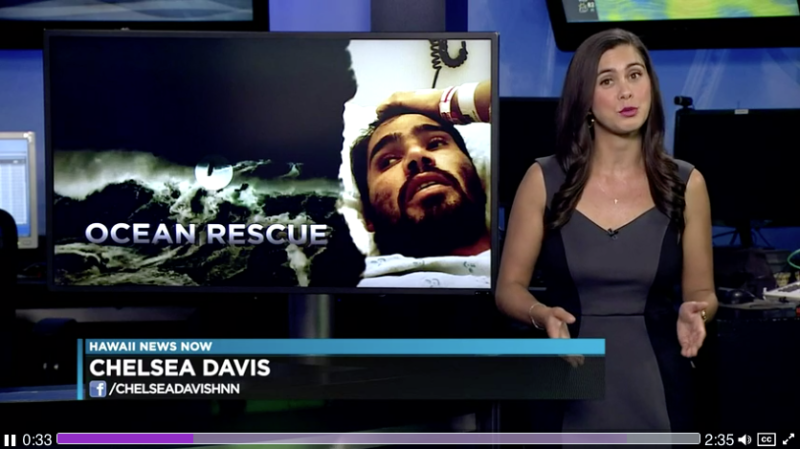


It was only last Friday, 22 when we reported Red Bull Showcases Women Photographers Capturing Hawaii’s Big Wave Season.
The Hawaiian big wave season has been in full swing since November and continues typically through February.
Ryan Moss, a California surf photographer, was getting shots of professional surfers risking their lives when he ended up nearly dying when he broke his back in a monster wave accident at the Himalayas on Oahu’s North Shore.
Moss suffered from compressed vertebrae in his lower back and went through hours of surgery. He is finally on the road to recovery with help from family, friends, even strangers.
5 Photographers Share Advice for Creating the Perfect Headshot – Playbill
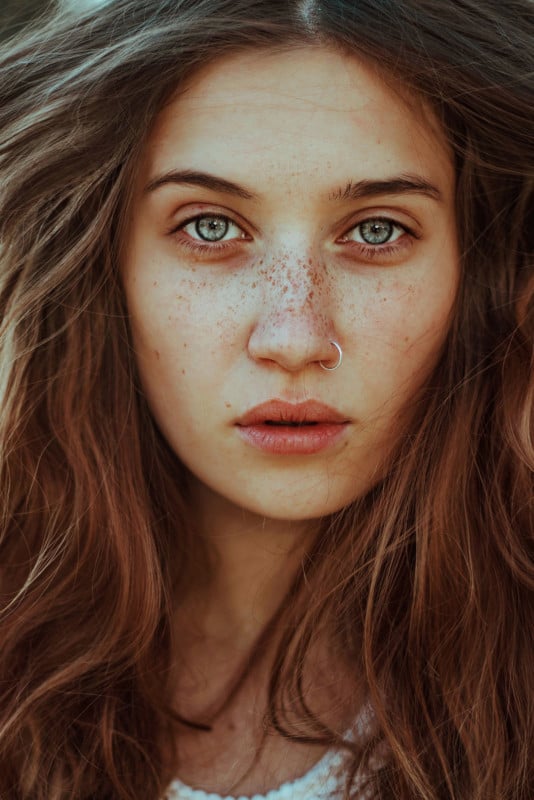


Whether you are a photographer capturing headshots or a client looking for headshots, check out these tips from five experts for that great headshot. And while this post is geared towards actors, it certainly applies to others as well.
- The most engaging images will be the ones where people are relaxed and unapologetically themselves.
- The client should be curious to explore the different facets of their personality, and the photographer should be interested in unearthing them.
- A photo that captures your essence is what will set you apart.
- If you want to use a photo where you’re not even looking at the lens, and you can justify your reason, go for it.
- The goal is to make the headshot clients feel confident, at ease, and one hundred percent like themselves.
- Don’t begin by telling the photographer or yourself, “I hate having my headshots taken,” and that’s no fun for anyone!
- Just like a “perfect” performance, the “perfect” headshot doesn’t exist.
Where to Find Photography Classes Online – Mashable
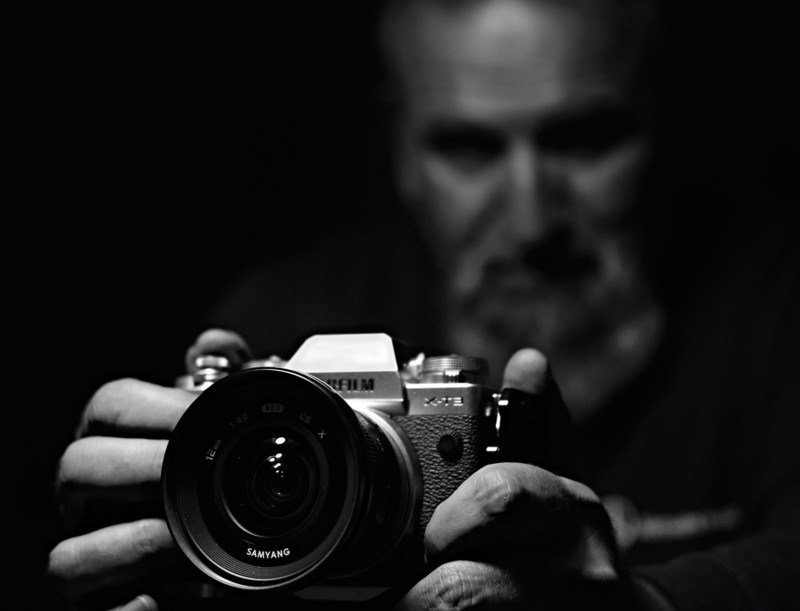


YouTube is free education, but finding the right video is always a challenge and is often a hit or miss. The above post mentions a few from the ones who have hundreds of thousands of views to over five million views, which could be a good starting point.
Harvard University, yes, that Harvard University, has free classes as well.
Master photographers Anne Liebovitz and Jimmy Chin are available on Masterclass for $15/month. Plus, there are offerings from manufacturers with Nikon School and Canon Connected. Nikon School was earlier available for FREE for the holidays till December 31, 2020. But when I checked today, they are still available for free. So, hurry up!
Snowy Owl Takeoff Captured With A Fast Camera And A Big Lens – Alpha Universe
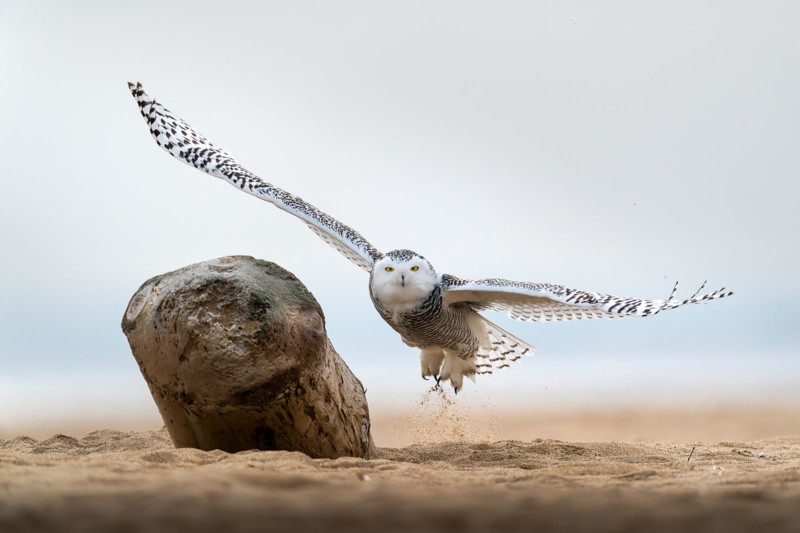


Van Lam, a wildlife and landscape photographer, based in Massachusetts, arrived at the beach at 5 in the morning. After a few hours of walking there was sunrise, and he saw a small white dot from a distance.
He slowly got closer, set up his tripod, and lay flat on his stomach. After some time, the owl took off unexpectedly. Lam grabbed the back button focus and fired off some shots. Although he was in wide focus mode, the Animal Eye AF Tracking helped get the Snowy tack sharp. The lens was fully open, but the teleconverter brought it down one stop to f/5.6
“The driftwood next to the Snowy Owl helps balance the scene out,” Van Lam tells PetaPixel. “I also like the misty and cloudy conditions, which help provide a very clean background. My most favorite part is the take-off. I love the sand below its feet because it gives it a sense of action freeze at the moment.”
Lam, who works full time as an IT specialist, keeps post-processing to a minimum to keep it natural-looking. You can check the link above to find out what he did in Lightroom and Topaz Denoise.
How to Resize an Image Without Editing Software – Digital Trends
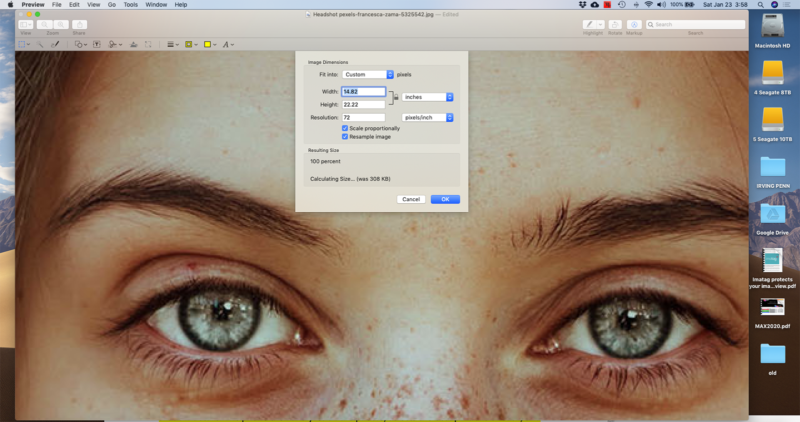


Most photographers have some sort of editing software. But if you are contacted by your neighbor for help, and he does not, here is some advice to offer.
In this guide, you will learn how to resize an image using Photos in Windows 10, Preview in macOS, and Gallery in Chrome OS. There is also a free version of the web-based client Pixlr X
Guide to Street Photography – Shotkit
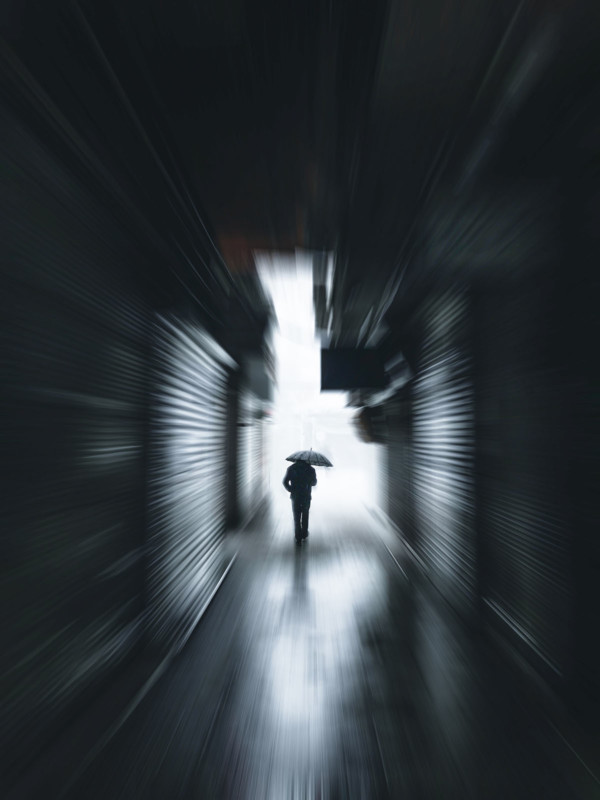


Street photography seems simple enough when you are a viewer, but the first time you go out in the street with a camera, it may not end up being that simple.
Like everything else, there is a learning curve, and to help you along are some tips.
- Pick a Spot and Wait
- Become an Actor
- Get Closer
- Embrace Spontaneity and Imperfection
- Capture Expressions, Emotions, and Gestures
- Study Famous Street Photographers
Visit the link above for more tips, FAQs, and a list of 20 famous street photographers that you can study.
Here is another starting point. Check out this video by Magnum photographer Bruce Gilden, an iconic street photographer with a unique style. In 2013 he received a Guggenheim Foundation fellowship.
Life in Another Light – Unearthly Infrared Photography – The Guardian



Infrared photography has a very unique and even unearthly look. You will either love it at first glance or hate it; there is no middle ground.
In infrared photography, an infrared filter that looks black or deep red is used together with infrared-sensitive film or sensors. This produces false-colors or black-and-white images with a dreamlike or sometimes lurid appearance, an effect mainly caused by foliage (such as tree leaves and grass) strongly reflecting in the same way visible light is reflected from snow.
Enjoy The Guardian’s selection of winning images from the Life in Another Light photo contest 2020, from Kolari Vision. Categories included infrared, aerial, black and white, and long exposure.
What Is Computational Photography? – How-To Geek
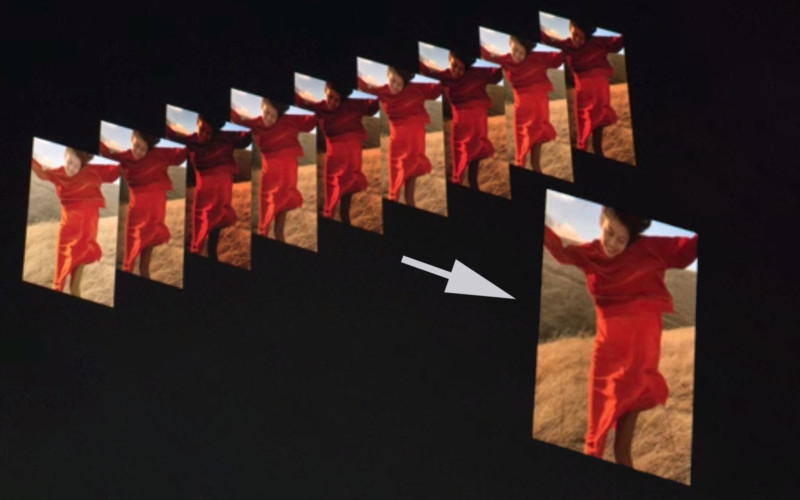


Computational photography is the reason for the amazing progress smartphones have made in the last decade and not just the improved sensors and better and faster lenses.
All phones have hardware and software components. In some years, the hardware does not even change, yet they produce better photos due to improved software. After the sensor captures the image, it goes through image processing. Think of it as an automatic Photoshop, before it is saved to the disk.
One important feature is stacking, where a camera takes multiple photos at different times and with different exposure or focal lengths. It then becomes the job of software to combine them to retain the best details from each image into a composited final image. This is why a phone camera photo can look better than one taken with a much more expensive regular camera in some cases.
Jokes Only a Photographer Will Understand
Two amateur photographers were catching up with some street photography when they were surprised by a beggar asking for help?
The first looked in the other direction and carried on.
The second stopped.
When they reconnected, the first asked, “I saw you stopped; what did you give the beggar?”
“f/4 at 1/500s, as he kept moving,” replied the first.
Email Phil your favorite photography joke. If we share it, we will credit you and link to your site.
Why I Like This David Douglas Duncan Photo
by David Griffin
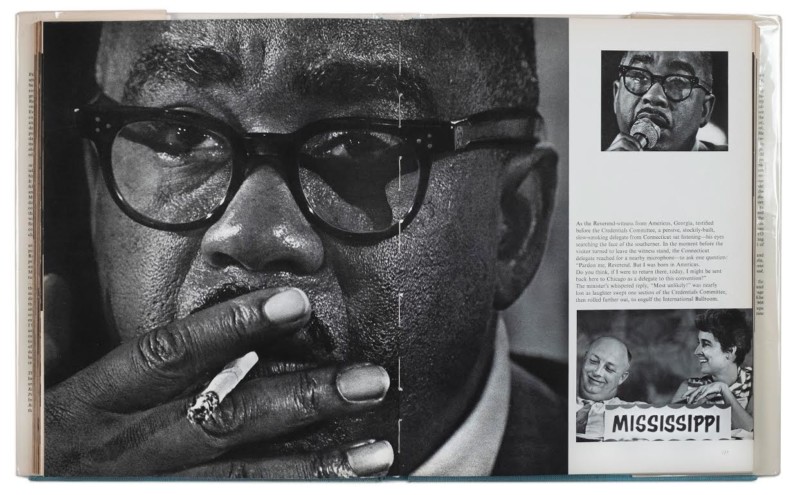


When asked: “what makes a great photo?” often, the response is: “one that elicits an emotional response.” For me, this image from the 1968 democratic convention by David Douglas Duncan was the first time I perceived a true emotional response to a photograph.
I was in my teens and had just developed an interest in photography. A freelancer for my local newspaper took me under his wing and became my mentor (mostly so I would load his cameras during high school football games). And in this informal education, he shared Duncan’s book Self-Portrait: U.S.A—and I was hooked.
For those who do not know the story: Duncan was a seasoned war photographer (Korea and Vietnam) hired by NBC News to roam both national conventions and produce a series of images shared each evening on the telecast. (A very cool idea that I wish a network would repeat in the future.)
Duncan noted in the book: “My qualifications were limited to being a professional loner accustomed to thinking editorially, and then producing my picture stories—good or bad—as highly distilled packages with little superfluous material clinging to the story-theme.”
Once the conventions were over, Duncan quickly assembled the book, published by Harry N. Abrams. What drew me to it went beyond the superior photojournalistic coverage of these fraught and, at times, violent gatherings. It was the whole package: the pacing of the images, the design, and the quality of the printing—this was not just a collection of pictures, this was a fully-formed, dramatic play written in images. As someone who later pursued a career that straddled photography and design, the book became a key touchstone.
And of all the incredible images that make up the book, it is this one of a delegate at the credential hearings that preceded the Democratic convention in Chicago that always stops me. The hot lights, his sweat, I can feel the added heat from the cigarette in his mouth—it makes me wince every time I look at it, even today over 50 years later. That is an emotional response, and why I don’t just like it, I revere it.
Postscript: When I was director of photography at National Geographic, David was invited to speak at our annual photography seminar. As a teenager, I would have never dreamed that I would actually meet the very photojournalist that helped put me on my path. It was the honor of my life.
David Griffin is the founder and creative director of D Griffin Studio, a graphic design firm specializing in photographic-based projects. The most recent design project is Hidden: Animals in the Anthropocene by Jo-Anne McArther and Keith Wilson. David has worked at National Geographic, U.S. News & World Report, The Washington Post, The Philadelphia Inquirer, among others. He is an undergrad of Ohio University. He’s got a TED talk.
Quote of the Week (or a Previous Week):
The irony of photography is, it’s always a split second. But the amount of time that you invest to record that split second is a lot – Brendan Smialowski
Brendan Smialowski captured Senator Bernie Sanders with his home-made mittens that generated countless Internet memes. He is a freelance photojournalist since 1999 and based in Washington, DC.
To see an archive of past issues of Great Reads in Photography, click here.
We welcome comments as well as suggestions. As we cannot possibly cover each and every source, if you see something interesting in your reading or local newspaper anywhere in the world, kindly forward the link to us here. ALL messages will be personally acknowledged.
About the author: Phil Mistry is a photographer and teacher based in Atlanta, GA. He started one of the first digital camera classes in New York City at The International Center of Photography in the 90s. He was the director and teacher for Sony/Popular Photography magazine’s Digital Days Workshops. You can reach him via email here.
Image credits: All photographs as credited and used with permission from the photographers or agencies.

